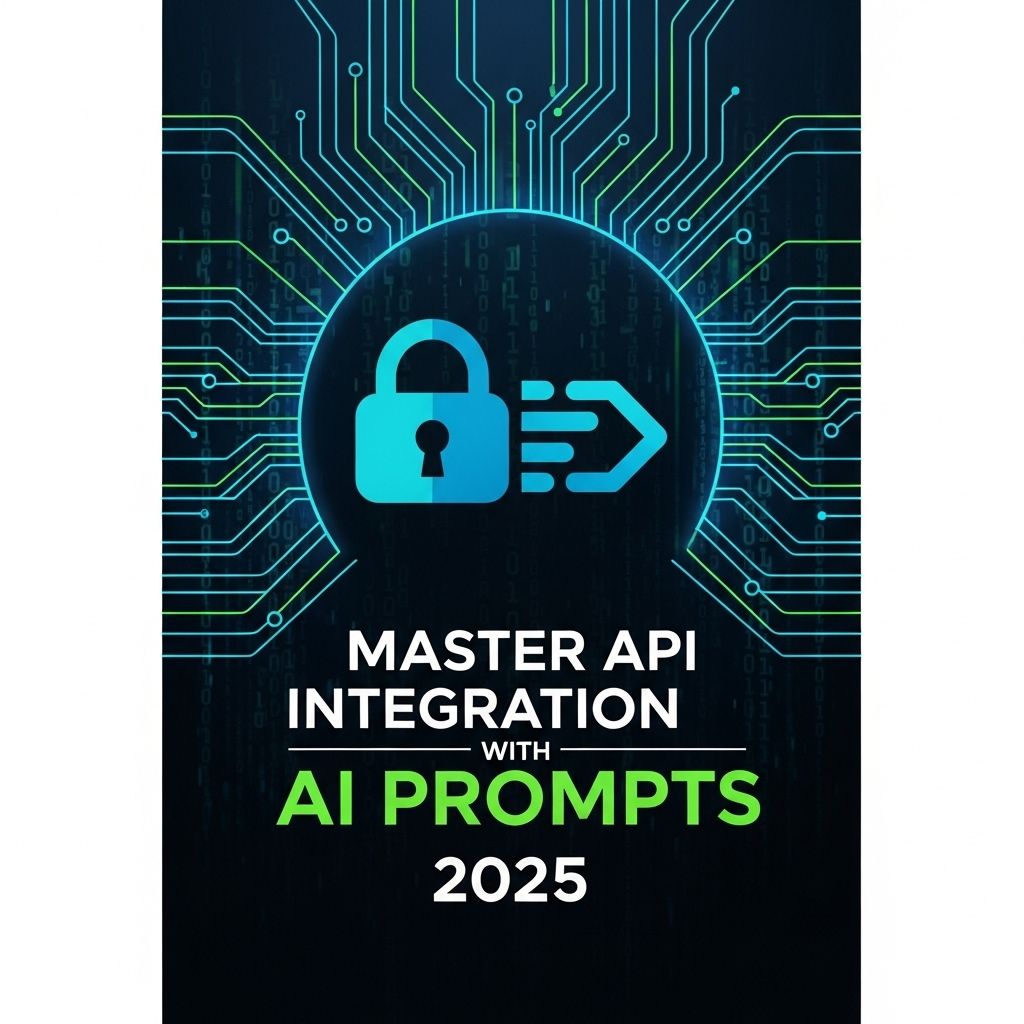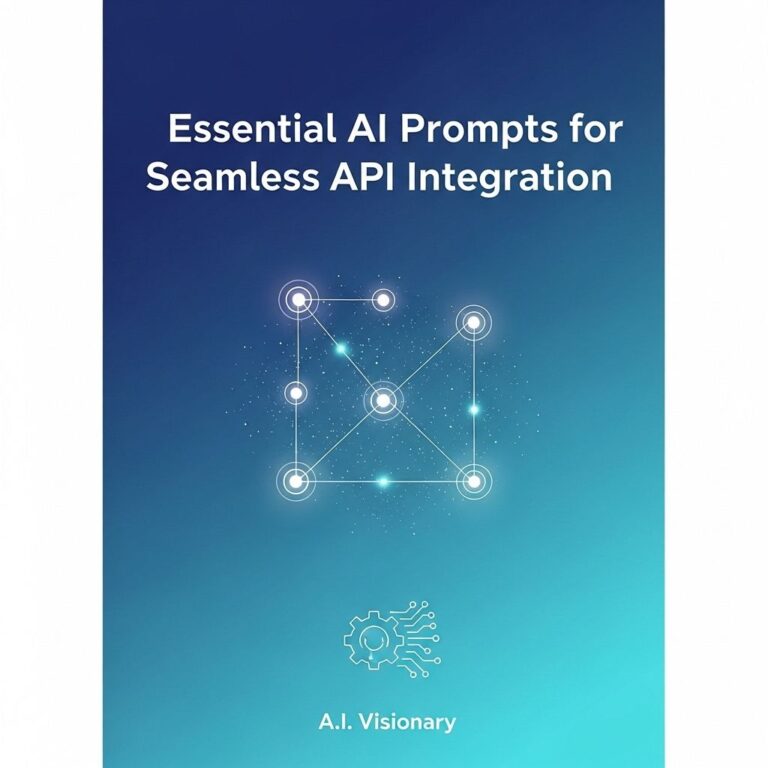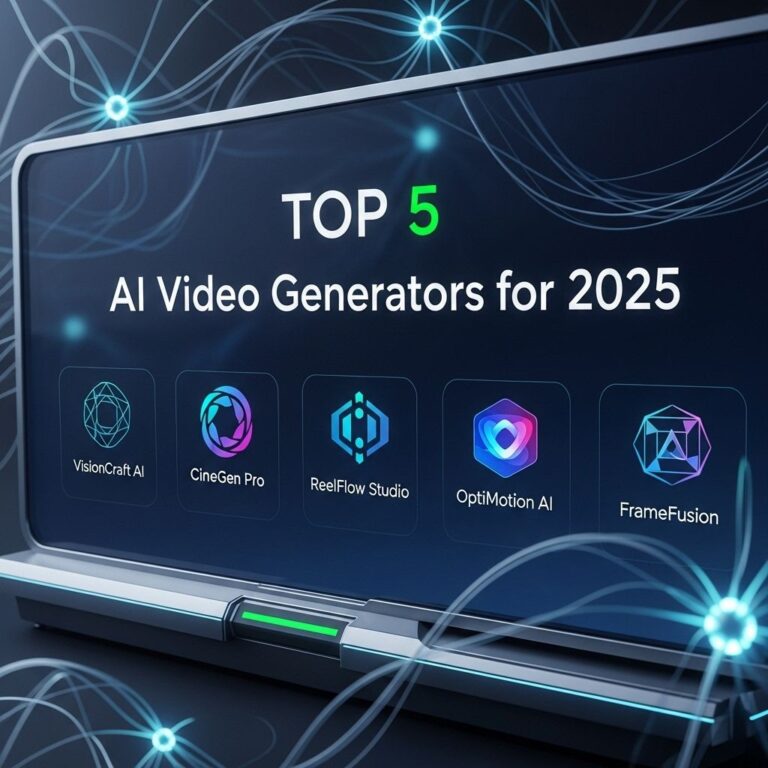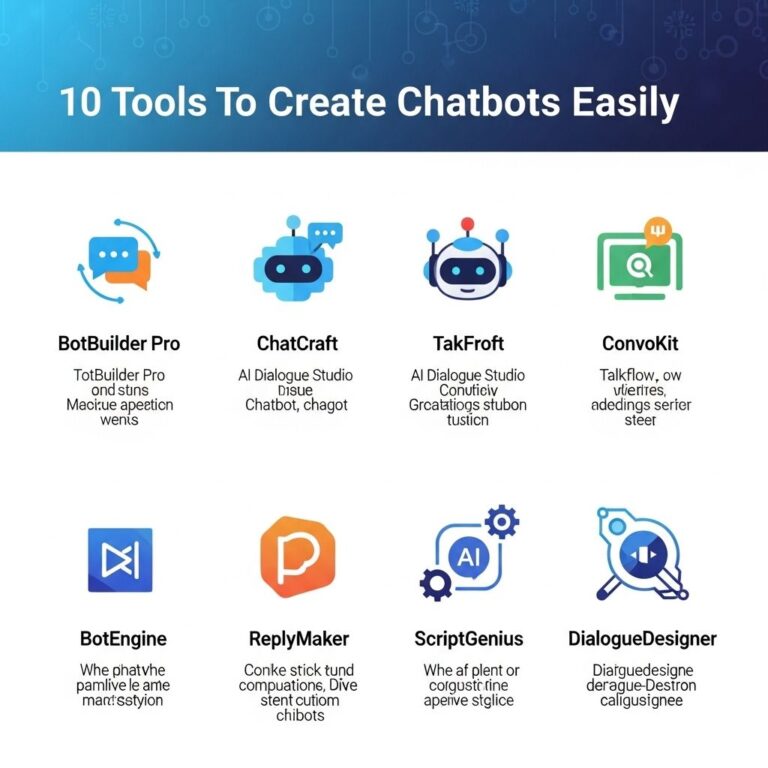As the landscape of technology continues to evolve, the integration of artificial intelligence (AI) with application programming interfaces (APIs) is becoming increasingly pivotal. Organizations across various sectors are harnessing the power of AI to enhance their applications, optimize processes, and create innovative solutions. This article delves into the intricacies of API integration with AI prompts and explores best practices, challenges, and future trends for 2025.
Table of Contents
Understanding API Integration
API integration is the process of connecting different software components or systems via their APIs. This allows them to share data and functionality seamlessly. In a world that thrives on connectivity, APIs serve as the backbone of modern applications, enabling developers to build complex systems with relative ease.
Types of APIs
- Open APIs: Also known as external or public APIs, these can be accessed by any developer and are designed to promote collaboration and innovation.
- Internal APIs: Used within an organization to improve efficiency and streamline operations, these are not exposed to external users.
- Partner APIs: Shared with business partners, these APIs allow data exchange between companies while maintaining control over access.
- Composite APIs: These enable developers to access multiple endpoints in a single call, improving performance and reducing latency.
The Role of AI in API Integration
AI enhances API integration by automating processes and providing advanced analytical capabilities. By integrating AI prompts into APIs, developers can create more robust and intelligent applications. AI can help in areas such as data processing, decision-making, and user interaction.
How AI Prompts Enhance API Functionality
AI prompts facilitate communication between the user and the software, allowing for more natural interactions. Here are some ways AI prompts can enhance API functionality:
- Natural Language Processing (NLP): Enables user queries to be understood in a conversational manner.
- Personalization: Tailors responses and actions based on user data and behavior patterns.
- Predictive Analytics: Helps in forecasting trends and user needs, optimizing the responses generated by APIs.
- Real-time Processing: Provides instantaneous feedback, enhancing user experience and engagement.
Best Practices for API Integration with AI Prompts
To successfully integrate AI prompts into APIs, developers should consider the following best practices:
1. Define Clear Objectives
Before initiating the integration, it’s crucial to outline the specific goals you aim to achieve with AI prompts. This may include enhancing user experience, increasing efficiency, or automating repetitive tasks.
2. Choose the Right AI Framework
Select an AI framework that aligns with your project’s requirements. Popular frameworks include:
| Framework | Best For |
|---|---|
| TensorFlow | Deep Learning |
| PyTorch | Dynamic Neural Networks |
| scikit-learn | ML Algorithms |
| Keras | Rapid Prototyping |
3. Ensure Security Measures
With the rise of data breaches, enhancing security during API integration is paramount. Implement authentication protocols, such as OAuth 2.0, and ensure that data is encrypted during transmission.
4. Test and Validate
Conduct thorough testing to validate the integration’s functionality and performance. Use automated testing tools to streamline this process and identify potential issues before they impact users.
Challenges of Integrating AI with APIs
While integrating AI with APIs offers significant benefits, it also presents challenges that organizations must navigate:
1. Data Quality and Availability
The effectiveness of AI prompts heavily depends on the quality and volume of data available. Poor data quality can lead to inaccurate predictions and a suboptimal user experience.
2. Technical Complexity
The integration process can be complicated, requiring a deep understanding of both AI technology and API structures. Organizations may need to invest in specialized skills and tools.
3. Cost Implications
Implementing AI solutions can be costly in terms of development, maintenance, and other resources. Organizations should weigh these costs against the potential benefits.
Future Trends for AI and API Integration in 2025
The future of API integration with AI prompts is promising, with several trends expected to shape the landscape by 2025:
1. Increased Use of No-Code/Low-Code Platforms
As businesses strive for agility, no-code and low-code platforms will gain traction, allowing users with minimal technical skills to integrate AI into their applications efficiently.
2. Enhanced Interoperability
The focus will shift towards creating APIs that can easily work together across different services and platforms, enhancing the overall user experience.
3. Ethical AI Practices
With growing concerns regarding data privacy and ethical AI usage, organizations will prioritize transparent practices and responsible AI development.
4. Predictive AI Capabilities
AI will evolve to predict user behavior with greater accuracy, allowing businesses to tailor their API responses in real-time based on anticipated needs.
Conclusion
Mastering API integration with AI prompts is crucial for organizations looking to remain competitive in the digital age. By understanding the intricacies of APIs, leveraging AI technologies, and following best practices, businesses can unlock new possibilities, enhance user interactions, and drive innovation. As we approach 2025, staying informed about trends and challenges will be essential for successful API and AI integration.
FAQ
What is API integration and why is it important for businesses?
API integration allows different software applications to communicate and share data seamlessly, which is crucial for improving operational efficiency and enhancing user experiences.
How can AI prompts enhance the API integration process?
AI prompts can streamline the API integration process by providing intelligent suggestions, automating repetitive tasks, and improving data accuracy through advanced algorithms.
What skills are necessary to master API integration in 2025?
To master API integration in 2025, you should have a strong understanding of programming languages, data formats like JSON and XML, and knowledge of cloud services and AI technologies.
What are the latest trends in API integration for 2025?
In 2025, trends include increased use of microservices, enhanced security protocols, low-code/no-code platforms, and the integration of AI and machine learning for smarter data handling.
How can businesses ensure successful API integration?
Businesses can ensure successful API integration by conducting thorough planning, employing robust testing methods, and leveraging AI tools for real-time monitoring and optimization.
What are some common challenges faced during API integration?
Common challenges include data format compatibility, security issues, performance bottlenecks, and the need for ongoing maintenance and updates.









